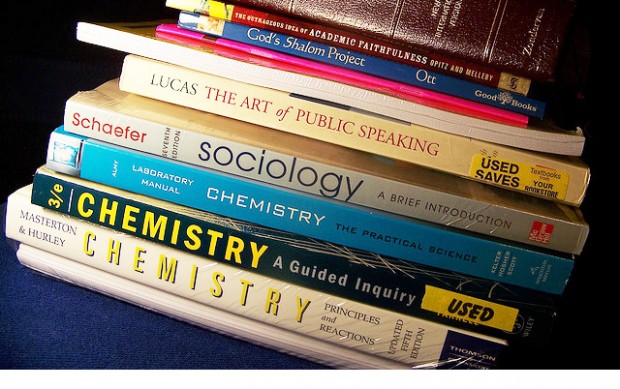Ever get stuck on how to bring an idea forward from your mind and get it onto the paper? Thinking is a process that can also be good for those who need movement or action to help them learn. You may need to write down your ideas.
I'd like to share with anyone who needs help with the idea or strategy of "How do I brainstorm or get out of my head how to write a paper?" (I'm now thinking as a student, so follow along):
(1) What's the issue/reason behind my idea--how is it personally or socially connected to the assignment? How does it affect me or someone else--and why does it matter? Is it costing me money in some way? (Most likely.) Is there a sense of "I {and others} must do something, or that someone else faced up to that issue and resolved it-challenged it in a dynamic way that changed society?"
(Hint: if it helps, how does your idea fit the 4 Major Influences? If you're reaching in your pocket to pay for something because the price is higher, that's Money. If someone is enforcing it by their demand or order, that's Power. If it creates a sense of personal or social unwillingness or resistant to change, it's Fear. And if it's about someone doing beneficial to help Mankind in a small or large way, that's Love.)
(Hint: if it helps, how does your idea fit the 4 Major Influences? If you're reaching in your pocket to pay for something because the price is higher, that's Money. If someone is enforcing it by their demand or order, that's Power. If it creates a sense of personal or social unwillingness or resistant to change, it's Fear. And if it's about someone doing beneficial to help Mankind in a small or large way, that's Love.)
Does this subject or idea that I'm trying to present have any influence of myself or others being worried or scared about changes, both personal and social? What is the reality of those thoughts--just reluctance to adapt or concrete fact that should concern me/others? How do these facts validate my/their thoughts/worries?
Does this topic enhance or limit me or others in an emotionally binding way? How so? Is it caring about-for someone or something in a personal way or to keep up more extended social contracts and commitments to a group effort?
(2) Establish "Who said something about those ideas?" Where are these people; why are they important references; what credentials or Points of Authority do they merit? What have they said that backs up the points that are being made in the paper/assignment?
Option: Can their words and ideas be introduced in a way/form by me so that I can then show by MY personal experience or that of others that I validate their thoughts?
(3) Take a significant idea in one paragraph, then explain why it's relevant: use details, facts, examples, quotes. Turn it upside down and inside out if needed. Repeat process again with next paragraph/new idea. Continue until ideas have been exhausted.
(4) "In conclusion, several challenges and options have been presented" is a great way to end a paper like this. Give short summaries--less than 3 sentences at most!--about the relevance/significance of whatever the core idea was about that was assigned/chosen, and also how these ideas were addressed, resolved, or identified. KEEP IT BASIC. Don't elaborate--that was done in the other portions of the paper, yes?
If required, make sure sources/quotes are clearly identified in body of paper by full intro or "A short basic sentence that identifies them as a source" (Lopate) by author or a short phrase "article title" in the paper. If it's used in the paper, put it in alphabetical sequence on the works cited page.
Hints for research:
The best sources available are from .edu or other educational sites.
If it's a general topic, then try to find something with an author's name to it--and if possible, note the article title if you're using online sources.








